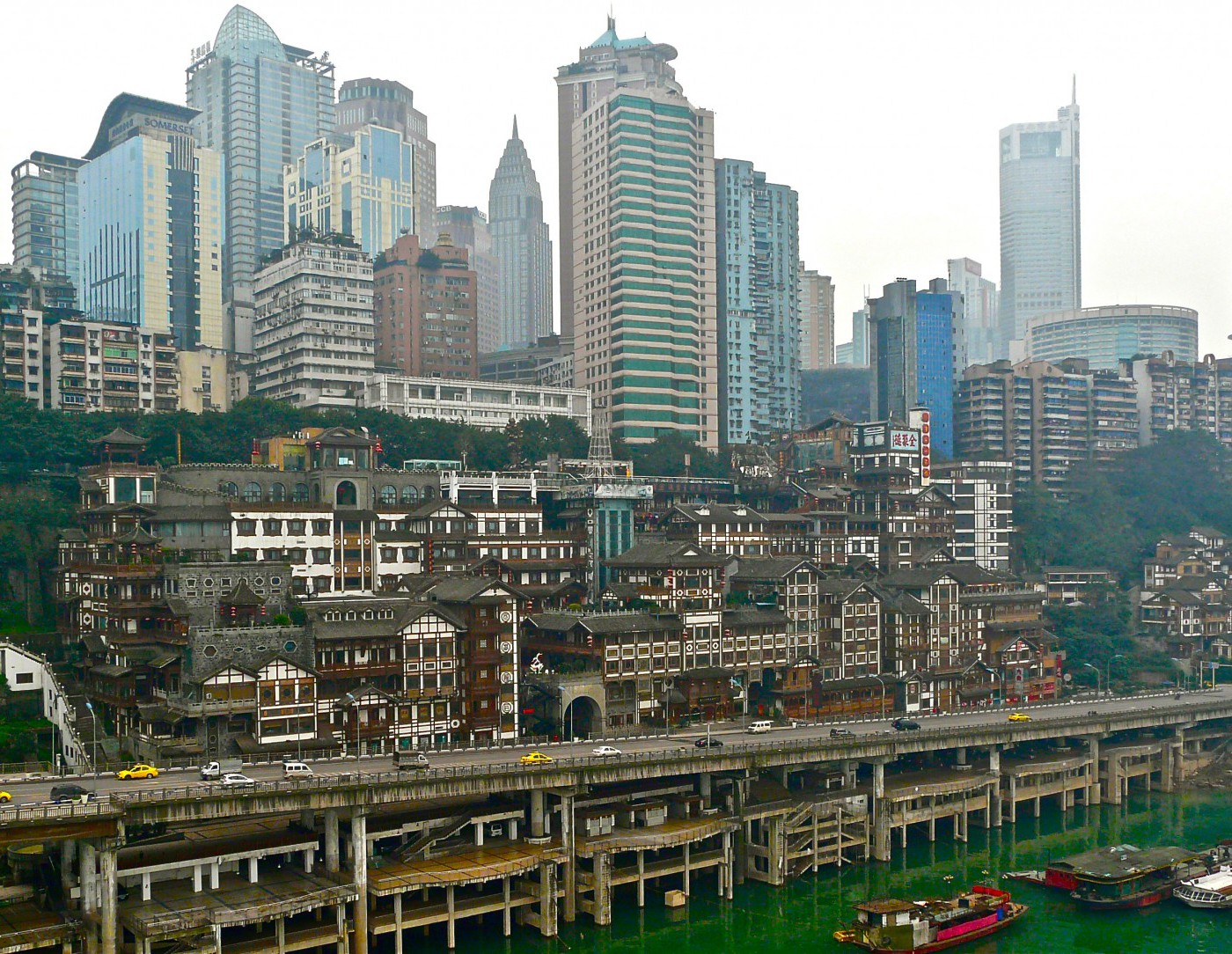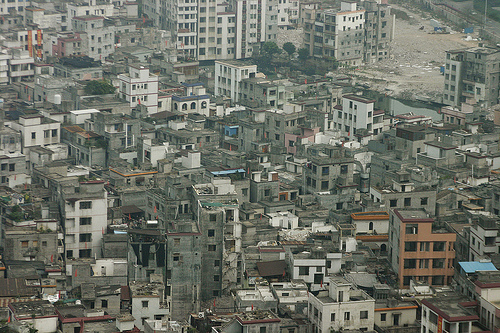Related

Working Paper
/ Feb 12,2015
Making Land Fly
Land Quota Markets in Chinese Urbanization
by
Yuan Xiao

May 01,2013
Grain & Housing Affordability in China
by
Brandon Fuller
New York City's failure to get serious about its housing shortage may be taking a big bite out of its small but fast growing entrepreneurs.
Brooklyn in particular has a strong culture of small manufacturing, but according to this recent Brooklyn Magazine article, based on this piece in the Wall Street Journal (it’s behind a paywall), a shortage of adequate industrial space is forcing successful local firms to shift production to other cities and states.
The problem? Aside from the usual problems of poor infrastructure and higher than average energy cost, much of the available manufacturing space in Williamsburg, Red Hook, and Bushwick has been converted into housing.
Zoning changes under the Bloomberg administration accelerated this shift, though the trend dates back to the 1970s, when much of the Soho industrial district was abandoned and subsequently re-colonized by urban homesteaders. This book chronicles a piece of that local history.
For most of the late 20th century, NYC had the opposite problem - too much industrial space, leading to a glut of abandoned buildings, neighborhoods, and infrastructure. Numerous civic improvement projects - ranging from the redevelopment of the Williamsburg waterfront to the creation of the High Line Park - were based on the idea that the city no longer needed much in the way of large manufacturing projects.
The Brooklyn Navy Yard redevelopment capitalized on the idea that the new model of entrepreneurship should be based on incubators. Think small, start small, and make small were the themes of the day.
Now, NYC has a good but sticky problem to face. Several of those small startups have grown into large businesses, and the space that was converted to housing is now needed for manufacturing again. But the zoning changes mean that the space is fungible, so aspiring manufacturers wind up competing for space in the housing market, at ruinous prices.
The cost of a square meter of industrial space in East New York, which has not been rezoned, is around $6/sq. ft./year. In a comparable building in Bushwick, it comes to $52.50/sq. ft./year. Some firms, like McClure’s Pickles, would rather keep their offices and showspace in the hip neighborhoods where they emerged, and send their manufacturing (and the jobs it creates) elsewhere.
In McClure’s case, that didn’t mean moving to East New York, it meant Detroit. Perhaps because they couldn’t find anything in their neighborhood, they broadened their search to include the whole national industrial market, not just the rest of the city. In that contest, New York lost out.
Preserving zoning for industrial use is, in effect, a form of taxpayer subsidy for manufacturing (much like incubator spaces). Industrial rents are much lower than residential rents, and property tax collection on those buildings are also lower, so the city is foregoing revenue in order to prop up manufacturing.
However, the current subsidy scheme is inconsistent. New York spends money on incubator spaces to support firms when they’re starting out, but the policy of converting underused industrial space into residential development means that the city is unable to reap the benefits when successfully incubated firms start to grow.
To solve this, New York needs to get more housing built and relieve the demand for the conversion of existing industrial space, increase density and access to existing neighborhoods that are underbuilt. Converting warehouses to lofts may create an artistic climate and raise property values, but crafting a coherent industrial policy in New York will mean vastly increasing the supply of housing, to bring costs down across the board.
Tile image courtesy of BLGphoto.
Please fill out the information below to receive our e-newsletter(s).
*Indicates required.